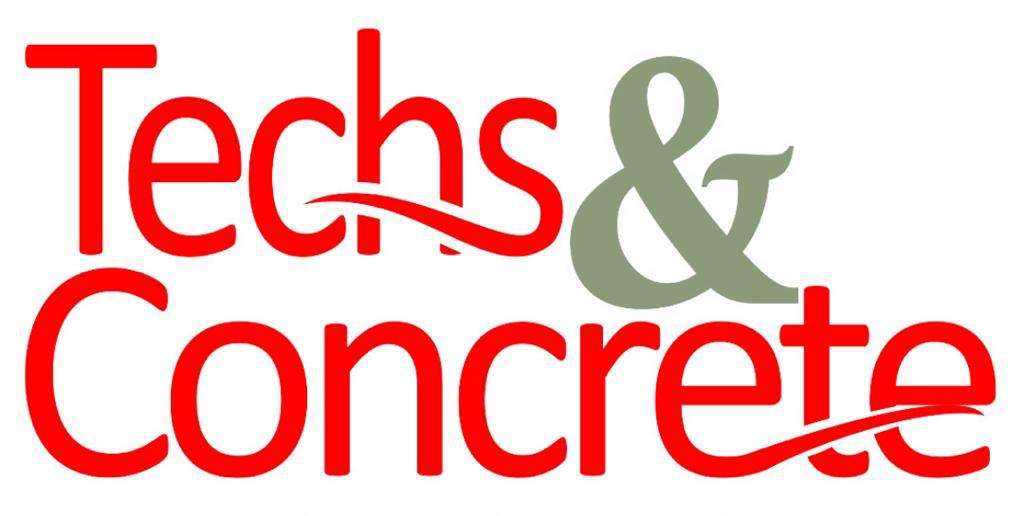
The realm of real estate design is experiencing an innovative shift as 3D printing technology becomes more advanced and accessible. 3D printing is revolutionizing the way architects and designers approach the creation of structures and homes. Traditional real estate design procedures are often expensive, time-consuming, and inefficient, but 3D printing offers an array of benefits that can radically alter these processes.
One of the most significant advantages of 3D printing technology is the ability to create complex and intricate designs, with more precision and accuracy than ever before. This level of precision has a direct impact on the final product, improving the overall quality and durability of the structures built. In addition, the technology allows designers to create quick prototypes, enabling them to better visualize and tweak their designs.
Moreover, 3D printing technology is environmentally friendly, offering architects a sustainable approach to building homes and structures. The technology reduces waste and results in fewer construction materials used. It has the potential to decrease carbon emissions, which is something the industry has been searching for, amidst the growing challenges of climate change and sustainable design.
Another significant advantage of 3D printing technology is the ability to customize designs to meet specific clients' needs or preferences. For example, architects could offer potential homeowners the opportunity to customize their floor plans prior to the construction process. The technology can provide people with a unique and personalized home design experience, unlike anything they have experienced before.
3D printing technology is not limited to residential housing either. Architects and designers can take advantage of the technology to build more substantial structures such as commercial or even municipal buildings.
In conclusion, the impacts of 3D printing technology are far-reaching and have significant benefits for the real estate industry. The industry has been looking for ways to create eco-friendly, cost-effective, and unique structures, and amidst these challenges, 3D printing technology offers a precise, sustainable, and customizable solution. The future of real estate design will be characterized by the integration of advanced technologies such as 3D printing to build a more sustainable, resilient, and efficient built environment.
Techs and Concrete Nig. Ltd

Comments